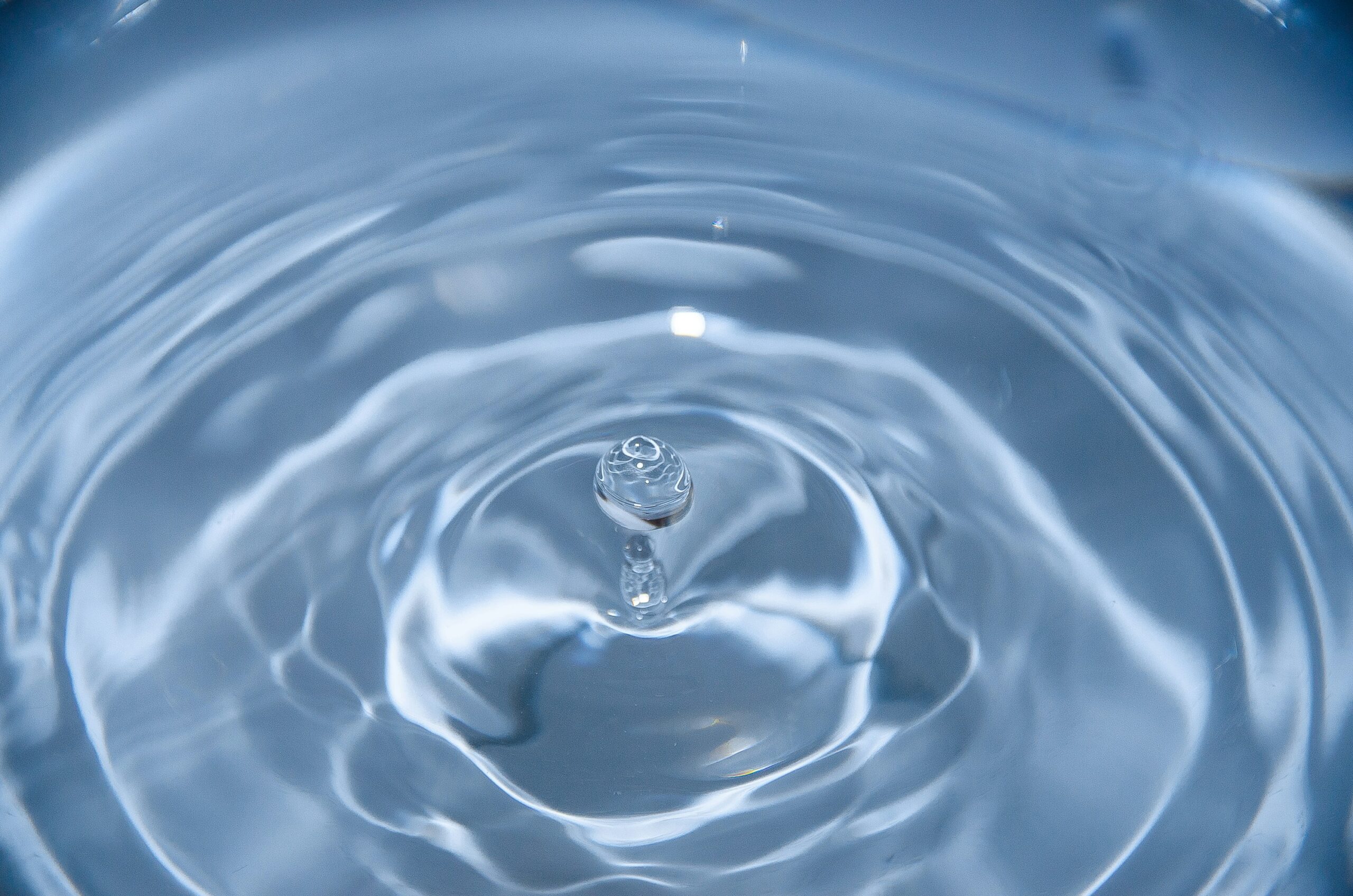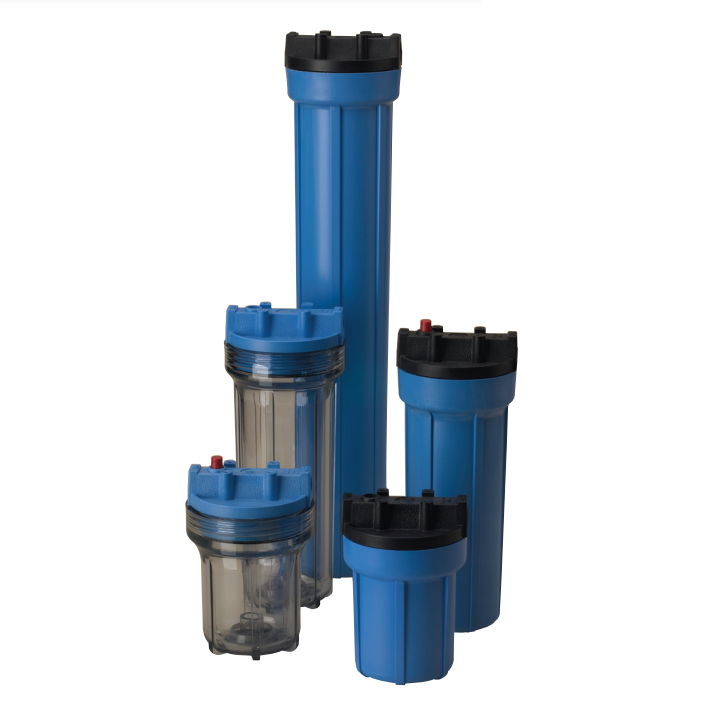Type 1 Ultrapure Water Contaminant Removal
This table outlines the contaminants that must be removed to achieve Type 1 ultrapure water quality (HPLC, LC-MS, ICP-MS, molecular biology, cell culture), including the target parameter, filtration or purification media, method, and the logic for removal.
| Contaminant | Typical Type 1 Spec / Requirement | Filtration / Purification Media | Method | Logic for Removal |
| Particulates | < 1 µm (often 0.2 µm final), USP <788> compliant | Depth filters, membrane filters (PES, PTFE, nylon) | Microfiltration | Prevents blockages in HPLC columns, avoids scattering in detectors, protects downstream equipment. |
| Bacteria | < 1 CFU/100 mL (ideally non detectable) | 0.2 µm sterilizing-grade membranes, UV (254 nm) | Microfiltration + UV kill | Prevents biofilm, endotoxin formation, and sample contamination. |
| Endotoxins | < 0.25 EU/mL (cell culture grade) | Positively charged membranes (nylon-66, PES) | Adsorptive filtration | Negatively charged endotoxins bind to cationic surface; essential for cell culture to prevent immune reactions. |
| RNase | < detection limit (molecular biology grade) | Ultrafiltration (5–10 kDa MWCO), cationic membranes | Size exclusion + electrostatic adsorption | Enzymes too large to pass UF pores; bound by positive charges to prevent RNA degradation. |
| DNase | < detection limit (molecular biology grade) | Ultrafiltration (5–10 kDa MWCO), cationic membranes | Size exclusion + electrostatic adsorption | Same principle as RNase; protects DNA integrity in PCR/sequencing. |
| Ions (cations/anions) | Resistivity 18.2 MΩ·cm at 25 °C | Mixed-bed ion exchange resins (H⁺/OH⁻) | Ion exchange | Removes dissolved salts and charged species, critical for low background conductivity and accurate analysis. |
| Silica | < 0.01 mg/L for ICP-MS | Strong-base anion exchange resin | Ion exchange | Silica interferes in trace metals analysis and damages some equipment. |
| Total Organic Carbon (TOC) | < 5 ppb (LC-MS grade) | UV oxidation (185 nm) + activated carbon + C18 (optional) | Oxidation + adsorption | UV converts organics to CO₂, which IX removes; carbon/C18 adsorb hydrophobic organics to prevent ghost peaks and noise. |
| Volatile Organics | < detection for LC/GC applications | Activated carbon, VOC-specific adsorbents | Adsorption | Prevents contamination in GC or headspace analysis. |
| Trace Metals | < 0.01 ppb for ICP-MS | Chelating resins, ultrapure IX resins | Ion exchange / chelation | Metals cause false positives in ICP-MS and damage instruments. |
| Pyrogens | < 0.25 EU/mL | Positively charged UF membranes | Adsorptive ultrafiltration | Pyrogens cause fever/inflammation in biological systems; removal critical for in vivo/in vitro work. |
| Colloids | Non detectable | Ultrafiltration (10–50 nm) | Size exclusion | Prevents baseline drift and fouling of LC columns, optical detectors. |


